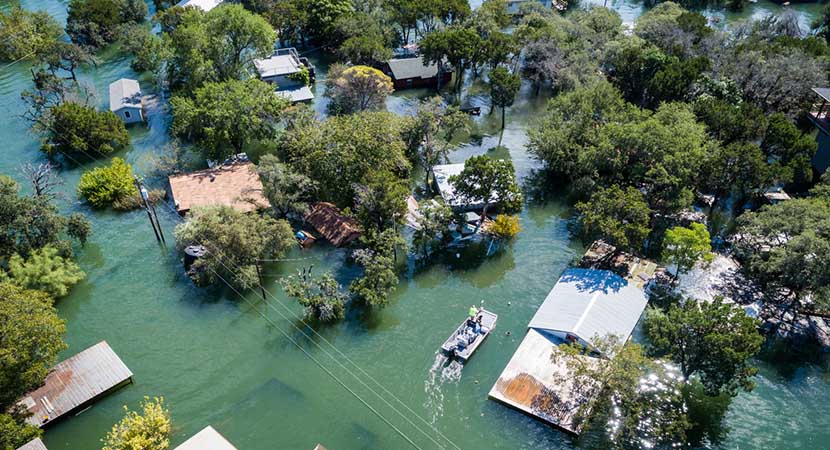When disaster strikes your property, knowing how to proceed can feel impossible. Once you have ensured your residents and staff are safe, it’s time to spring into action. Navigating those next steps and staying organized amid the chaos is no easy task. Developing a disaster response plan before it needs to be implemented, and utilizing tools like Rent Manager’s Service Issue Checklists, will help prepare you when disaster strikes.
Crafting a Disaster Response Plan
Preparation is key. Develop a formally written plan to document how your team will respond to a natural disaster. Thankfully, you don’t need to start this daunting task from scratch—The National Fire Protection Association has written a response and recovery plan for different disastrous situations. Whether you follow their template or create your own, your plan should detail debris clean up, securing temporary housing for your residents if necessary, insurance claims guidance, cloud backups for your IT infrastructure, and plans to rebuild. Having documented action items, procedures, and follow ups and ready-to-implement strategies takes the pressure of making high-stakes decisions off your team during adrenaline-fueled situations.
Familiarize your team with your Disaster Recovery Plan. Define responsibilities and roles for each employee and be sure to offer training for the most crucial tasks. Since electricity could be an issue following a natural disaster, print out hard copies of your checklist and recovery plan and keep them in a safe place outside of your property management office.
Store Emergency Supplies in a Safe Place
Stock up on the essentials. Toilet paper, blankets, first-aid kits, towels, water, batteries, and personal protective equipment (PPE) will safeguard the health and wellbeing of your residents and staff in the aftermath of an event. When disaster strikes your area, these items will be the first to disappear from store shelves. Strategically purchasing these supplies throughout the year will eliminate the need to scramble when it matters most.
Is Your Property Habitable? Here’s how to Define it
Assessing damage following a natural- or man-made disaster can be daunting. After you return from an evacuation, you’ll need to determine whether your property is habitable. The Federal Emergency Management Agency (FEMA) defines “habitable” as the following:
- The exterior is structurally sound, including the doors, roof, and windows
- The electricity, gas, heat, plumbing, and sewer or septic systems function properly
- The interior’s habitable areas are structurally sound, including ceiling and floors
- The home is capable of operating for its intended purpose
- There is safe access to and from the home
If your property doesn’t meet these qualifications, it’s time for you and your renters to contact your insurance providers about any Additional Living Expenses (ALE) coverage written into your policies. Depending on the situation, ALE may cover hotel bills, restaurant meals, and furniture rentals. Record the damage and start submitting your insurance claim.
Stay Organized with a Disaster Checklist System
Document, define, and accomplish your disaster relief responsibilities with Rent Manager’s Service Issue Checklist system. This resource allows you to create a series of correlating tasks that have to be completed in order. When a step is finished and marked as completed in Rent Manager, you can advance the issue to another user in the process. Use Issue Checklists to steadily work toward getting your community back into pre-disaster shape through collaboration and teamwork. You can save your Disaster Recovery checklist within the software and employ it whenever necessary—for both big and small emergencies.
 Register for RMUC.25
Register for RMUC.25





